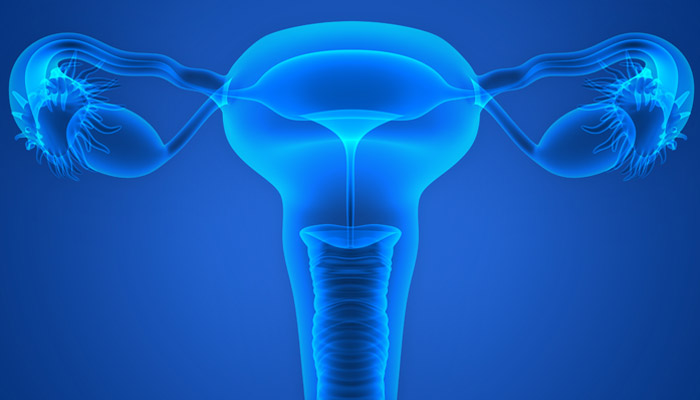
Things to Know Before a Hysterectomy
A hysterectomy is a surgical procedure to remove part or all of a woman’s uterus. Many people don’t know, however, that there are different types of hysterectomy procedures. Being knowledgeable about each procedure and what is involved is the first step toward preparing yourself or supporting a loved one through surgery.
Types of Hysterectomies
There are several types of hysterectomies, each categorized by what is removed. It’s important to understand the difference before speaking to your physician about any plans for surgery. The types are:
- Supracervical. During this procedure, the upper part of the uterus is removed, and the cervix remains intact.
- Total. For a total hysterectomy, the uterus and cervix are removed entirely.
- Total with bilateral salpingo-oophorectomy. This procedure involves the removal of the uterus, cervix, fallopian tubes, and ovaries. After the procedure, the body will produce much lower levels of estrogen and can trigger menopause in pre-menopausal women.
- Radical with bilateral salpingo-oophorectomy. This is the most involved type and removes the uterus, cervix, fallopian tubes, ovaries, the upper section of the vagina, surrounding tissue, and lymph nodes. Radical hysterectomies are often performed to treat cervical or uterine cancers.
Hysterectomies and Sexual Function
Some women worry they will be unable to enjoy sex after one of these procedures. In most cases, the surgery does not affect the patient’s sexual desire or function and might even increase libido. There may be hormonal issues with ovary removal, which can lead to vaginal dryness, however, estrogen therapy is an effective way to combat this.
Before the Procedure
Your healthcare professional can answer any questions before the surgery begins. Your physician will thoroughly explain the procedure and list possible side effects or complications. Blood and urine tests are taken and an IV will be placed. You may also be given an enema to cleanse the bowel and/or be shaved prior to the surgery.
During Surgery
General anesthesia (fully asleep) and regional anesthesia (localized numbness) are both options, depending on your provider, the procedure, and individual needs. The incision is made in your abdomen or vagina, contingent on the results of your pelvic exam. The procedure lasts from one to three hours.
Once discharged from the hospital, most women can resume normal activities with minimal downtime. Resuming activities such as swimming, travel, and intercourse will be determined by your physician based on your individual recovery. Full recovery time for most patients is six weeks.
For additional questions, speak with your doctor at Women’s Medical Associates of Nashville.
